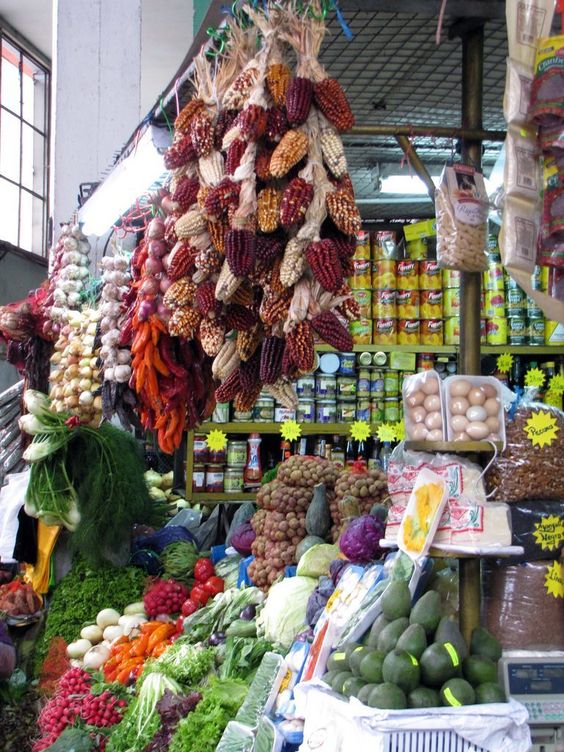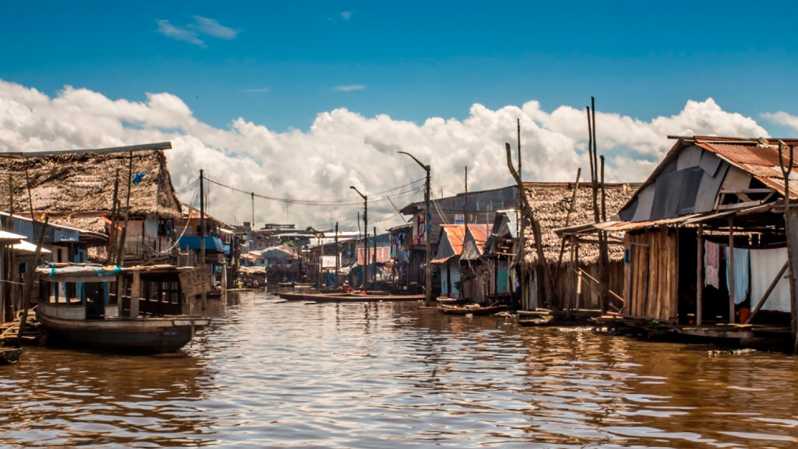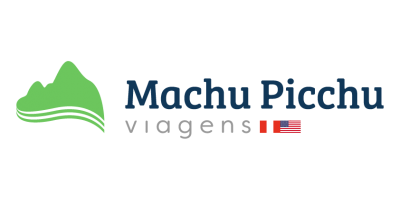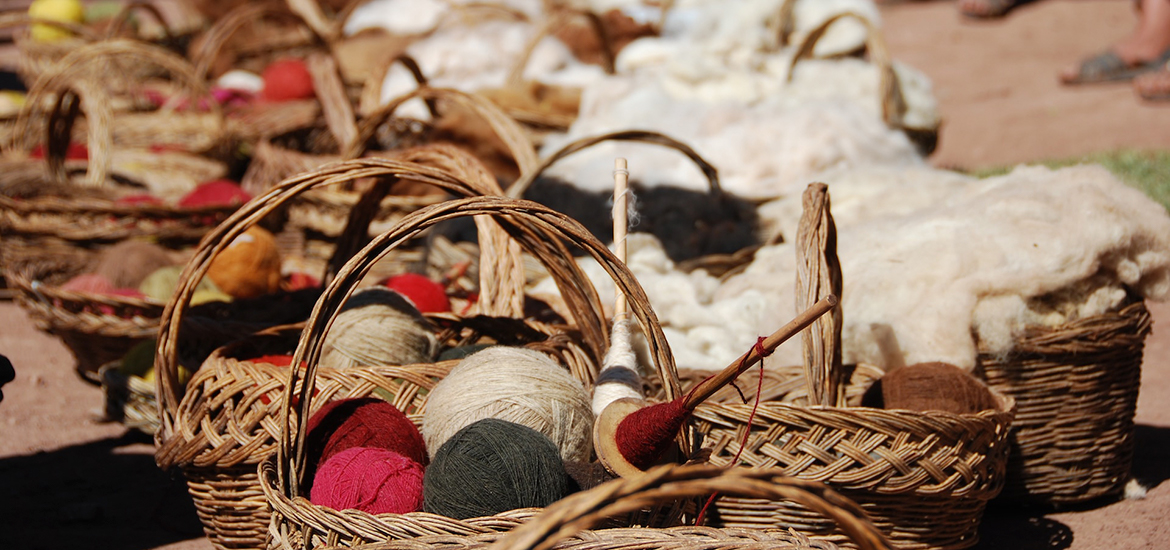One of the best ways to experience Peruvian culture and cuisine is through its markets, which are full of these two. On this blog, you’ll find a comprehensive guide to making the most of your time in Peru while you enjoy food and culture and live new and exciting adventures.
San Pedro Market

We have much to see nearby Cusco’s “Plaza de Armas” (Main Square), the so-called “Mercado Central”, ranging from the most unusual items to fresh fruits and handicrafts.
The “San Pedro Market” is a charming location that attracts both domestic and international tourists. It offers a wide variety of options for purchasing traditional Peruvian souvenirs, as well as the opportunity to sample local delicious food, excellent cheese vendors, clothing accessories made from alpaca wool, fabrics, healers’ and witchcraft stalls, herbal tinctures, and ointments made from animal tallow.
TIP: You can purchase coca leaves here and make your own infusion since you can treat altitude sickness with coca tea, which is a beneficial natural remedy that we hope you’ll use while visiting Cusco.

San Camilo Market
We can say the San Camilo Market’s size is difficult to describe because of the magnificent roof of the market, which spans multiple blocks in the heart of Arequipa, the so-called white city.
Designed by Gustave Eiffel 130 years ago, is a place where locals buy everyday necessities like fresh fruit, potatoes, beans, bread, cheeses, jams, and delicacies like the particular guinea pig or the fresh “Queso Helado” a traditional Arequipa dessert.

Surquillo Market
One of the best food markets in Lima is not far from Kennedy Park. You can get here meat, fruit, vegetables, herbs, spices, and medicinal plants from all over Peru, making it a veritable feast for the senses. Visitors from far and wide come to the Surquillo Market to buy fresh ceviche, fried fish, and rice dishes from the market stalls at extremely reasonable prices.
Seafood is highly prepared for a cheap price, as diners can get an inexpensive two-course menu. Ceviche or soup is frequently served as the first meal (entrada), and fried fish or pork with rice is served as the second course (Segundo).
Pisac Market, Sacred Valley

Now we have another market in Cusco, one of the most well-known marketplaces in its area and this is the Pisac Market, which attracts a lot of people to its well-known Sunday market when native Quechua villages from the nearby mountains come to Pisac to sell their food and stock up on supplies for the coming week.
Pisac is a tiny village located 45 minutes outside Cusco by bus. In addition to its vibrant inhabitants and market, Pisac is well-known for being the entryway to the Sacred Valley.
A large section of the market has a wide variety of goods and souvenirs to take home, including silver jewelry, ponchos, hats, pottery, alpaca products, weavings, and Andean instruments. A significant portion of the market is devoted to these tourist-oriented souvenir vendors. The handicraft market is a great place to get gifts all in one location and is open every day from 9 am to 4.30 pm.
Indian Market, Lima

For genuinely exquisite locally created goods, travelers visiting Lima should make a trip to Indian Market, located in the Miraflores district. This market is the biggest Artisan Market in Peru and one of the biggest in South America.
Bright murals greet guests as they approach the gate leading to the Indian Market. You can find stalls brimming with carpets, ceramics, toys, statues, apparel, and other mementos of various shapes and sizes. For those who wish to bring a little piece of Peru home with them, each kiosk offers something different.
Customers should be aware that most sellers are open to haggling, so they shouldn’t be scared to request a cheaper price. Similarly, some booths might sell antiques or Peruvian items.
Belen Market, Iquitos

This market, which is located in front of Belén within the city blocks, is the typical lively, crowded meeting place of most Peruvian cities, though Belén has become even more filthy thanks to the erratic water levels that make this market so muddy and mosquito-infested.
You can find here a wide variety of natural medicines and potions such as powders, and flowers such as Tayahuasca, chuchuhuasi tree’s bark, which is used as a tonic after being steeped in rum for several weeks; several of the neighborhood taverns provide it. Herbal arthritis and pain-relieving remedies made in the USA and Europe frequently contain chuchuhuasi and other herbs from the Amazon Rainforest. The market offers a genuine look into Peruvian culture and is located away from the major tourist route.
As you see, we have plenty of markets rich in tradition, flavor, and mystery. Viagens Machu Picchu and our packages can help you to make the most of it when you come to Peru. See our trip packages and enjoy the best of our markets, traditions, food, and country.
Viagens Machu Picchu, journeys that inspire, moments that last.

